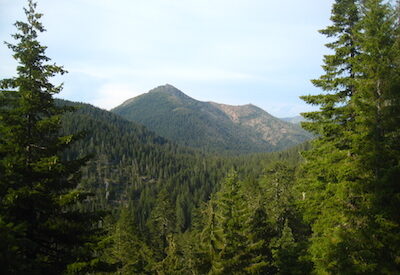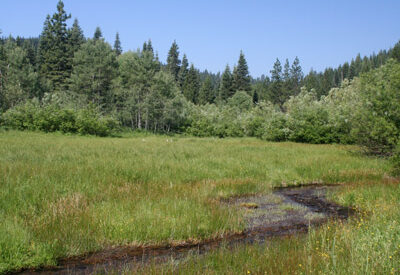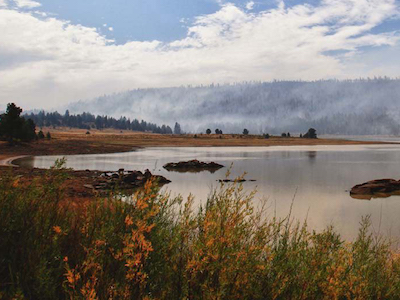
Quick Facts
Latin Name: Strix nebulosa
Status: Endangered (California’s Endangered Species Act)
Population: Sierra Nevada, Canada, northern Europe, and Siberia
Diet: Voles, gophers, and other small mammals
Weight: 1.7-3.2 pounds
Length: Between 24-33 inches
About the Great Gray Owl
The great gray owl is a large owl with gray feathers, a large head, and relatively small eyes. Like most owl species, great gray owls are nocturnal and hunt at night. In order to capture prey, great gray owls will perch in a tree and wait for disturbances on the ground, which they are able to see with their excellent eyesight.
Found generally in colder climates, great gray owls are common in the Sierra Nevada, the forests of Canada, and throughout much of Siberia.
Females are generally bigger than males and lay 2-5 eggs during mating season. When the young hatch from their eggs, the males hunt and provide food for the females while the females rip the food into shreds and feed it to the hatchlings. Great gray owls can be very aggressive when defending their nesting sites. They have a relatively long lifespan, with members in captivity living up to 40 years old.
For more information: The Cornell Lab of Ornithology
Photography:
- Title Image of Great Gray Owl in flight by Arne List
- Photo #2 of Great Gray Owl by Steve Wilson
HOW YOU CAN HELP THIS SPECIES
The great gray owl needs your help to preserve its natural habitat. Together, with Pacific Forest Trust and our network of partners, we can all protect the spaces this species needs to survive.





